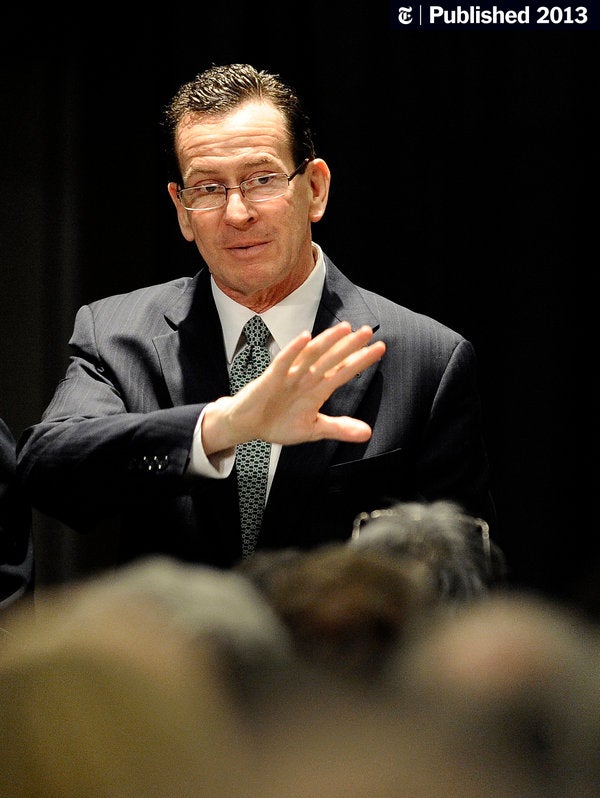But East Coast governors say that after a decade of cleaning up their air — by, for example, putting “garbage” in smoke stacks and requiring vehicle emissions tests, which are not mandatory in many other parts of the country — they have squeezed all pollution they can get out of their economies. While Northeast air is often still so polluted that it violates federal law, governors say that's because of a problem they can't control: the wind in the continental United States that typically blows from west to east.
At the same time, Midwestern states are enjoying the benefits of fresh air coming in from the Mountain West. EPA data cited in briefs for the Supreme Court case show that in many parts of the eastern states, half or more of the smog and toxic air pollution comes from out of state. The briefs state, for example, that 93 percent of the ozone pollution in New Haven, Conn., comes from abroad.
Soot, smog and toxic chemicals such as sulfur dioxide and nitrogen oxide emitted from chimneys and exhausts are associated with serious health risks. The EPA estimates that the Interstate Air Pollution Rule would prevent up to 34,000 premature deaths, 15,000 non-fatal heart attacks, 19,000 cases of acute bronchitis, 400,000 cases of aggravated asthma, and 1.8 million sick days per year.
The EPA also estimates the rule will cost businesses $800 million a year due to the costs of installing smokestack cleaning technology and closing the dirtiest coal plants. That burden would fall disproportionately on Rust Belt states, which would have to modify their coal units. Ohio, for example, gets 78 percent of its electricity from burning coal. Coal is responsible for 83 percent of electricity in Indiana and 93 percent of electricity in Kentucky.
Coal industry advocates say adding new regulations in those states wouldn't make a difference to air quality on the East Coast.
“It's been very convenient for northeastern states to blame the ozone problem on Midwestern power plants, but it's a very small part of the problem,” said Jeffrey Holmstead, assistant administrator for the EPA during the George W. Bush administration. now lobbying on behalf of coal companies. “It mainly comes from all these vehicles and businesses along the Eastern Seaboard.”

